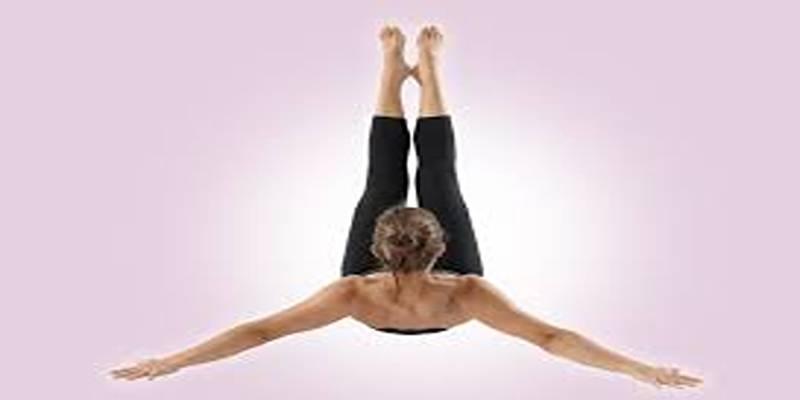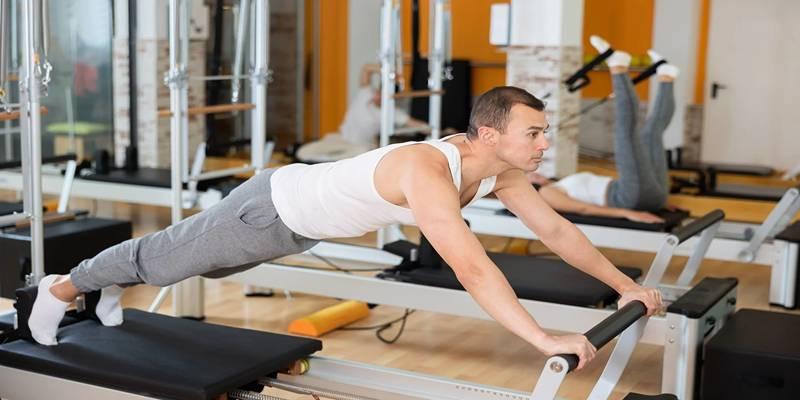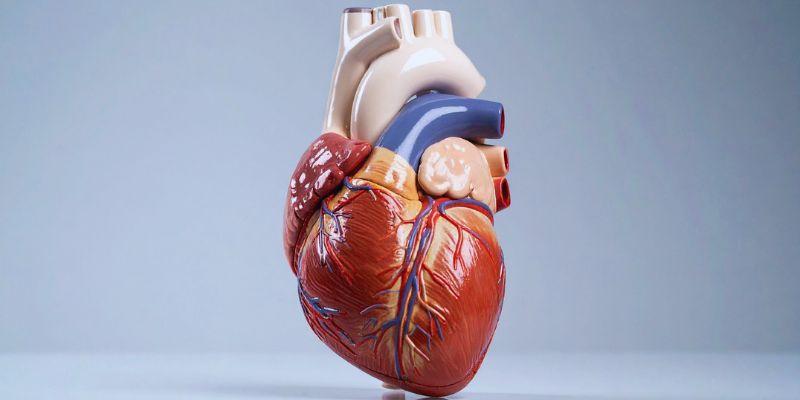Pilates is often celebrated for its ability to improve flexibility, posture, and core stability, but its role in weight loss is equally noteworthy. Developed in the early 20th century by Joseph Pilates, the method uses a combination of controlled movement, mindful breathing, and precise muscle engagement to create a stronger, leaner, and more balanced body.
While Pilates may not produce the same high-calorie burn per minute as activities like running or cycling, it offers unique advantages that make it a valuable part of a weight loss program. Through increased lean muscle mass, improved metabolic function, better posture, and reduced stress, Pilates supports both the direct and indirect mechanisms of fat loss.
The calorie-burning potential of Pilates varies depending on workout style, intensity, and skill level. Mat-based beginner sessions might burn around 175 calories in 50 minutes, whereas advanced or reformer-based sessions can exceed 250 calories.
This controlled form of exercise requires constant muscle engagement, particularly in stabilising muscles that are often neglected in other workouts. The sustained effort not only burns calories during the session but also helps improve muscular efficiency, making other forms of exercise—such as cardio or weight training—more productive.

A critical component of sustainable weight loss is increasing lean muscle mass, and Pilates contributes significantly to this goal. Muscles require more energy to maintain than fat tissue, so an increase in lean mass raises the body’s basal metabolic rate (BMR). It means the body burns more calories even during rest.
Pilates engages a wide range of muscles, from large movers like the quadriceps and glutes to smaller stabilisers in the hips, spine, and shoulders. The balanced development this produces not only shapes the physique but also prevents postural imbalances that can lead to discomfort and inactivity.
Weight loss is not only about the number on the scale—it is also about body composition. Pilates helps reduce fat mass while preserving and enhancing muscle mass, leading to a toned and more functional body.
Studies have shown that consistent Pilates practice can lower BMI, reduce waist circumference, and improve overall muscle definition. These changes often result in better mobility and a greater willingness to engage in daily physical activities, which further increases calorie burn and supports ongoing fat loss.
Cortisol, a hormone released during periods of stress, can promote fat storage, particularly in the abdominal region. Pilates incorporates mindful breathing and focused movement patterns that help regulate stress levels and lower cortisol.
By fostering a calmer mental state, Pilates can indirectly prevent stress-related eating and promote healthier food choices. This mind-body connection is one of the reasons why people who practise Pilates regularly often report improvements in both physical health and emotional wellbeing.
Beyond cortisol regulation, Pilates can positively affect other hormones related to weight management. Regular movement helps improve insulin sensitivity, allowing the body to use glucose more efficiently and reducing the likelihood of fat storage. Additionally, the moderate intensity of Pilates can support the production of endorphins, improving mood and motivation to stay active.
These hormonal shifts create a more favourable internal environment for fat loss and overall metabolic health, making it easier to achieve and maintain a healthy weight.
Pilates places strong emphasis on core development, which includes the muscles of the abdomen, lower back, hips, and pelvis. A strong core improves functional strength, supports better posture, and reduces the likelihood of injury—all of which help sustain consistent physical activity.
A 2017 study focusing on overweight women found that just eight weeks of Pilates practice significantly improved BMI and muscle tone, particularly around the waist, abdomen, and hips. This not only improved aesthetics but also enhanced physical performance in other types of exercise.
To gain maximum weight loss benefits from Pilates, it should be practised consistently and combined with other forms of exercise and a balanced diet. Beginners might start with two or three sessions per week, gradually increasing to four or more as endurance and strength improve.
While Pilates is effective on its own, pairing it with cardio activities can accelerate calorie burn, while strength training can enhance muscle growth. For instance:

Form and breathing are crucial for maximising results. Pilates uses a technique called lateral breathing, expanding the rib cage outward while keeping the core muscles engaged.
Using props such as resistance bands, stability balls, or Pilates rings can increase workout intensity. For an even greater challenge, reformer Pilates introduces adjustable resistance through spring-loaded machines, targeting muscles more effectively and encouraging continual progress.
Even the most well-structured exercise plan will have limited success without supportive nutrition. A balanced eating plan fuels workouts, aids recovery, and maintains the calorie deficit necessary for fat loss.
Hydration is equally important—water supports muscle performance, joint lubrication, and recovery. Light, balanced pre-workout snacks and post-workout meals help maintain energy levels and replenish nutrients.
Pilates is more than just a flexibility and posture routine—it is a comprehensive training method that can meaningfully contribute to weight loss. Through increased lean muscle mass, improved metabolism, enhanced core strength, and reduced stress-related eating, Pilates addresses both the physical and psychological aspects of sustainable fat loss.
While it may not match the calorie burn of high-intensity workouts, Pilates provides a foundation of strength, alignment, and body awareness that supports all other forms of exercise.
 TOP
TOP
If you still believe that women don’t get heart diseases or that only older people can have heart diseases, you are wrong
 TOP
TOP
How building wealth is possible at any age with practical strategies that focus on consistent habits, smart choices, and long-term thinking
 TOP
TOP
Start making the most of your 401(k) today and secure a stronger financial future. Learn how timing, employer matches, and smart contributions can improve your retirement
 TOP
TOP
How financial aid for college works—from grants and scholarships to loans and work-study programs. Get clear, practical guidance for every funding option
 TOP
TOP
Discover 5 unique horse races that take place around the world, blending speed, thrill, and stunning cultural locations.
 TOP
TOP
Discover how Easter is celebrated across countries, from egg rolling to water fights, offering joy through local traditions.
 TOP
TOP
Explore North Wales’ most breathtaking gardens, from serene floral paths to hillside greenery with sea views.
 TOP
TOP
Wondering if it’s the right time for a loan? Learn how rates, timing, and your finances impact the decision.
 TOP
TOP
Discover the top reasons to pay credit card bills on time and how it safeguards your credit, money, and peace of mind.
 TOP
TOP
Uncover the best experiences in Rome, Italy, with this essential guide. Walk through ancient ruins, explore piazzas, visit historic churches, and get to know the Eternal City at your own pace
 TOP
TOP
Discover the best places to stay in Nashville, from lively downtown hotels to charming neighborhood rentals. Explore top areas suited for music lovers, families, and anyone seeking the perfect Nashville experience
 TOP
TOP
Thinking about a lease buyout? Learn how to evaluate your options, compare costs, and decide whether keeping your vehicle is the right move. Understand the financial side before making your next step